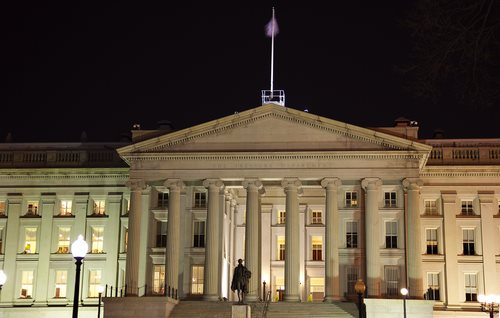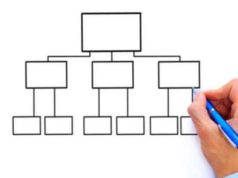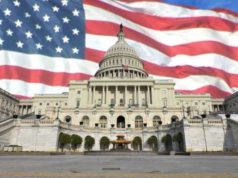
The executive branch of government, in general, is considered to the part of any given government which is given primary authority and power over the government in question. In monarchies throughout history, for example, the King would hold all the power of the executive branch of government, and indeed, there might be nothing else but an executive branch of government.
In the system of government used by the United States of America, the executive branch of government is simply one of three different branches of government, with the powers of government divided between these three branches for the sake of ensuring a separation of power. The President of the United States is the key office of the executive branch of government, with the powers of the executive branch of government being invested into the President by Article II of the Constitution.
The executive branch of government in America is also seen as containing the number of offices and departments that function below the President of the United States. All of these departments and offices technically are held responsible to the President, and function on the President’s authority, but they are considered by some to be different enough to characterize the executive branch of government as being embodied in multiple offices.
These offices which make up the executive branch of government and advice or carry out the will of the President include the offices of the Cabinet, such as the Secretary of State, the Secretary of Treasury, the Secretary of Defense, and the Attorney General.







































